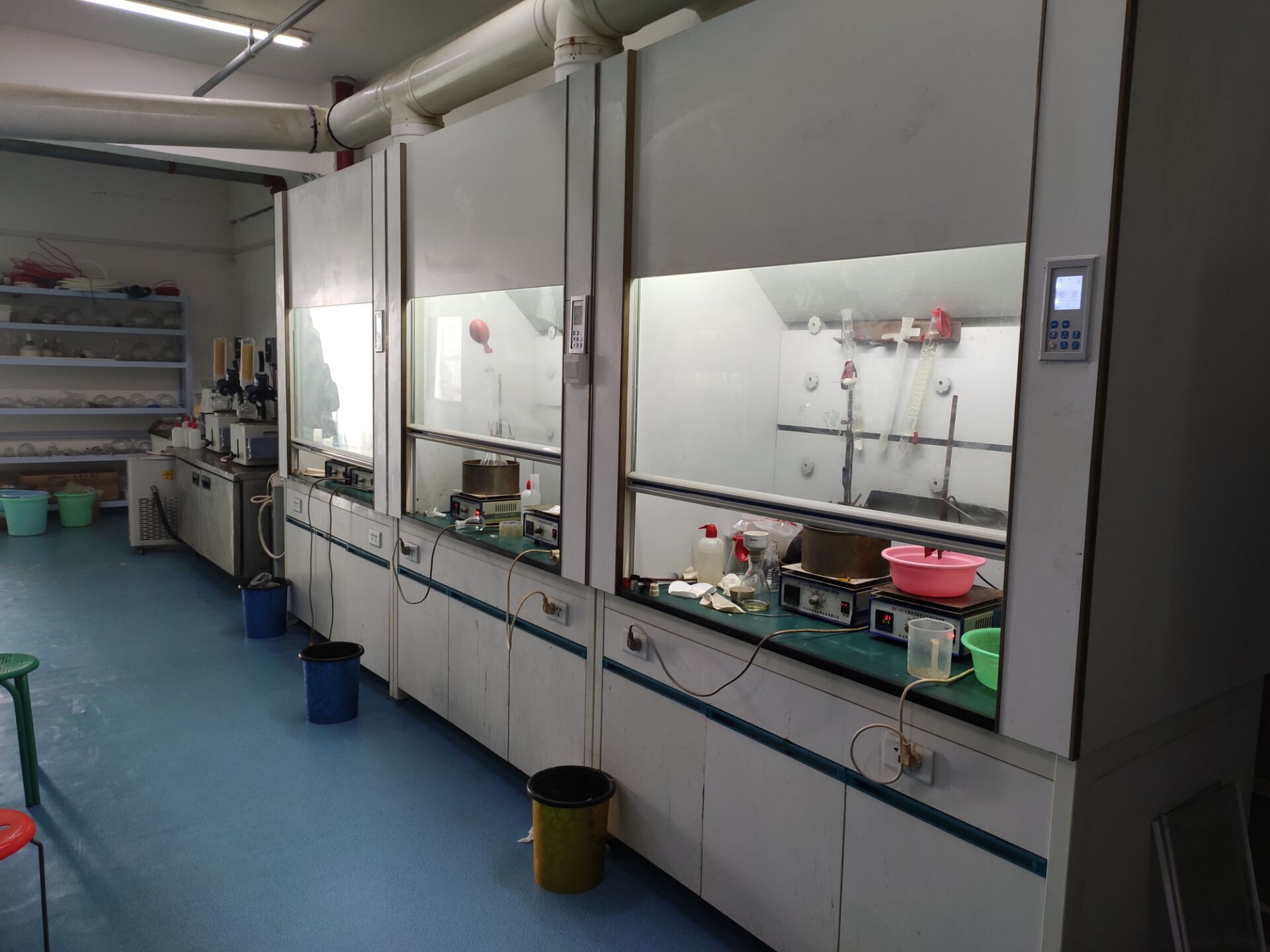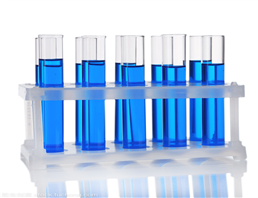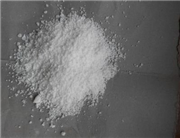| Chemical Properties |
white crystals or powder |
| Uses |
industrial and agricultural uses of the compound and its industrial production have generally been abandoned because of its high toxicity. Methylmercury remains of considerable concern, however, because of its continuous formation in the environment. In the aquatic environment, elemental mercury is first oxidized to the mercuric mercury ion (Hg2+ ), which may then become methylated to form methylmercury compounds, either by chemical or microbiologically catalyzed reactions. Methylmercury is accumulated by fish and marine mammals and attains its highest concentrations in large predatory species at the top of the aquatic and marine food chains. By this means, methylmercury enters the human diet. Thus, minimization of environmental mercury contamination is imperative. |
| General Description |
White microcrystals or crystals. |
| Air & Water Reactions |
Aqueous solutions at a concentration of 0.25 mg / mL are stable for 3 weeks in the dark at room temperature. Aqueous 0.0001 M solutions show no degradation after 17.1 hours of midday sunlight. High intensity UV irradiation of solutions causes decomposition . |
| Reactivity Profile |
METHYLMERCURY(II) CHLORIDE may be sensitive to light. |
| Fire Hazard |
Flash point data for METHYLMERCURY(II) CHLORIDE are not available; however, METHYLMERCURY(II) CHLORIDE is probably nonflammable. |
| Safety Profile |
Poison by ingestion, intramuscular, intravenous, and intraperitoneal routes. Questionable carcinogen with experimental carcinogenic and teratogenic data. Human mutation data reported. Experimental reproductive effects. When heated to decomposition it emits very toxic fumes of Cland Hg. See also MERCURY COMPOUNDS. |
| Carcinogenicity |
A number of authors have reported carcinogenic effects in rats and mice exposed orally to methylmercury. An association between methylmercury exposure and renal adenocarcinoma was shown in male mice, but no increase in tumor incidence was detected in rats. These findings are supported by reports on methylmercury-induced degeneration of DNA, and inhibition of the formation of the mitotic spindle.
Intoxications with alkoxialkyl or aryl compounds are similar to intoxications with inorganic mercury compounds, as these organomercurials are relativelyunstable. Alkylmercury compounds, such as methylmercury, result in a different syndrome due to the stability of the mercury–methyl binding. The earliest symptoms in adults are paresthesias in the extremities and the face, particularly around the mouth. Later on, disturbances occur inthe motor functions, resulting in ataxia and dysphasia. The visual field is decreased, and, in severe cases, may result in total blindness. These symptoms were observed in large-scale poisonings caused by methylmercury. |
| Purification Methods |
Recrystallise it from absolute EtOH (20mL/g). at 206nm (� 1.37). [See EtHgCl above; Breitinger et al. J Organomet Chem 256 217 1983,max Slotta et al. J Prakt Chem 120 249 1929, Waugh et al. J Phys Chem 59 395 1955, Beilstein 16 IV 1729.] |

 China
China






